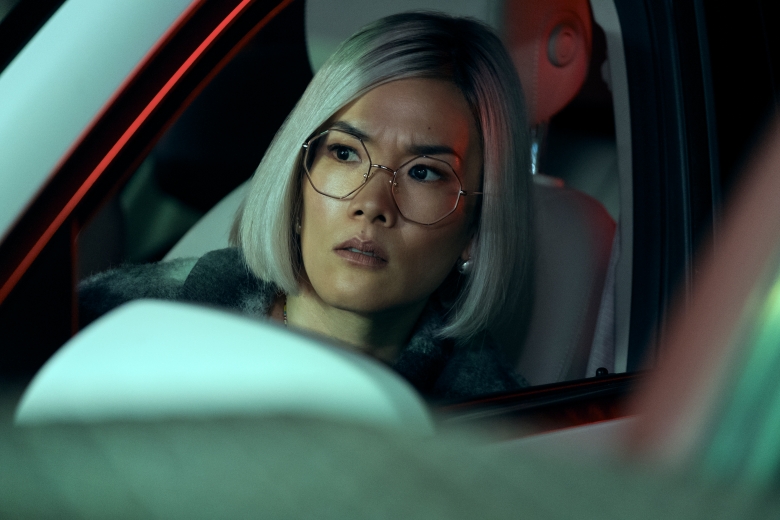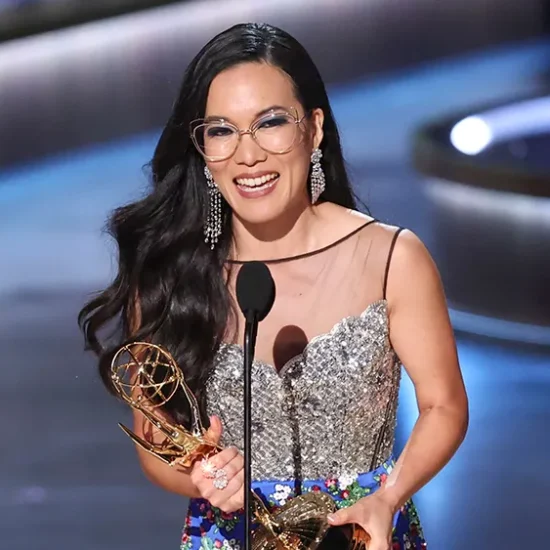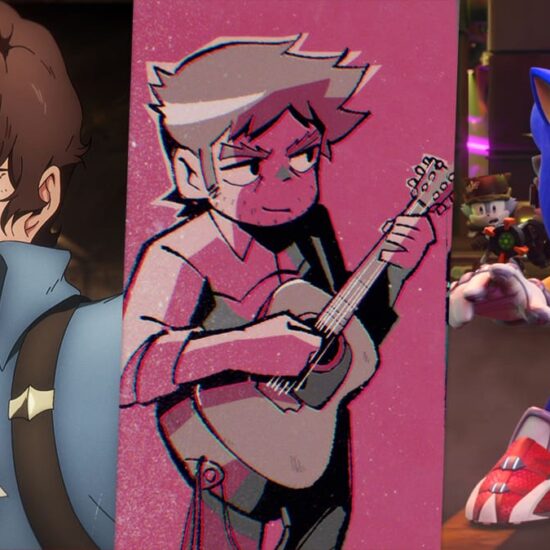
Cinematographer Larkin Seiple discusses how the camera took Netflix’s and A24’s road rage comedy off the rails.
This time last year, A24 released “Everything Everywhere All at Once,” in which the first version of Evelyn Wong that we meet is the least successful out of all her multiverse iterations, the one where the decision tree of her life has led to the worst outcome. But some of that is down to bad luck or chance. But in A24’s “Beef” — which shares a cinematographer with “EEAAO” — Danny (Steven Yeun) and Amy (Ali Wong) seem to actively make the worst choices they possibly can over and over again.
And so Lee Sung Jin’s Netflix series gave cinematographer Larkin Seiple a very different challenge from his work on The Daniels’ film. The camera itself is often the straight man of “Beef,” finding just the right compositions to frame and reframe the protagonists in their ever-deepening revenge spiral without ever drawing too much attention to itself.
“We wanted to make the characters feel very real and so we kind of stepped off the gas, if you will, visually and tried to make it possible to actually relate to them,” Seiple told IndieWire. “The whole point of the show, the humor, is coming from real people in real places doing really dumb things.”
The look of the show, therefore, damns the characters by merely observing their living spaces. “Beef” looks polished and sharp and painfully L.A., but Seiple’s camera finds ways to create telling contrasts that make what the characters do seem all the more desperate, self-absorbed, and small.
An early moment that captures the dark hilarity of the series finds Danny, caught up in a crypto crash and with nowhere to turn, attempting suicide by turning on a bunch of Habatchi grills inside all at once. “We liked the idea that it was what he thought was an elegant ring of fire around him. At the same time, he was lit by a computer screen telling him how to kill himself. Which was the kind of constant bounce of the show,” Seiple said. “It’s something very real but also something very absurd at the same time.”
Steven Yeun in “Beef”
Courtesy of Andrew Cooper / Netflix
Seiple credits Grace Yun’s production design for helping accentuate this sense of contrast. “Steven’s apartment is like practically a mirror of the apartment I first moved into [when I moved to Los Angeles], so I was very excited to have all these vertical blinds. Even though there’s all these windows, it’s always kind of dark. It always feels a little like you’re in a cave, but it’s also cluttered and filled with all sorts of wonderful set decoration. There was a wonderful Medieval Times cup that was above his TV that I loved,” Seiple said. “Then you have Amy’s house, which is beautiful and luxurious, but it is so cold and so empty that it feels almost worse, somehow, than where [Danny] lives. It doesn’t feel like a family lives there. It feels like a piece of art that is designed to impress and not actually designed to be lived in.”
The camera observes both characters with an acute sense of their emotional distress. “There is a lack of color [in the lighting of Amy’s environments]. They’re all monochromatic. It’s this sense of control, if you will. There’s an absence of flaws, whereas Danny’s [house] is constantly daylight and gross fluorescent lights, and then there’s warm sodium. It’s always mixed lighting in his world because there’s always too much going on. Everything, no matter what scene it is, has to feel like a mess.”
Lighting only played one part in ratcheting up the slow-burn tension of the 10 episodes. “We created a lot of rules,” Seiple said. “You don’t really notice it in the show, but the camera is only with the main characters for the first two episodes, and it never goes [follows] a secondary character until they become [active] in the story. So in Episode 2, Paul’s [Young Mazino] flirting up a client while Danny’s in a bathtub and he gets a text about Kayla. And then that’s the first time the camera leaves Danny. We pull back with Paul as he texts Kayla. You’re not supposed to notice it, but that’s the first time that Paul’s the main character, because now he’s part of the plot.”

“Beef”
ANDREW COOPER/NETFLIX
The show’s visual language remains restrained throughout most of “Beef,” showing the characters only in the light that they deserve; the camera traps them in single shots that go on just long enough to hint at how tenuous a grip Danny and Amy have on their lives but without the sweeping camera movement that announces a Capital-O Oner. But these shots are still precisely timed so that the audience can be thunderstruck.
“In Episode 7, there’s the flashback scene where [Danny] finds Paul’s college acceptance letters and he just leaves the shot and you’re like, ‘That’s weird.’ Then in the distance, you see him drop them in the garbage and it’s this really damning sequence,” Seiple said. “We’re like, ‘Oh. He is not a good brother.’ And I love just living in that moment. Throughout the show, we’re constantly trying to find ways to just live in a moment and not cut around it.”
But “Beef” can’t live in the moment forever. The visual language of the show expands from, in Seiple’s words, invisible and observational to “full Coen Brothers mayhem” by the series’ end, with some especially wonderfully bold color choices taking place in Episode 9 during a heist gone wrong at the home of the wealthy Jordan (Maria Bello).
“We stumbled upon a Jewish temple in the middle of Simi Valley,” Seiple said of the imposing structure that manages to provide both tension and dark comedy. “It’s this massive, insanely beautiful temple on the middle of a hill in the middle of a summer camp, and the temple is designed to be cylindrical, like [the scrolls of a Torah],” Seiple said. “When we saw those doors that could open up, we started getting excited and we built that into the script where Naomi [Ashley Park] is running away and the doors are closing. We kind of found a muse, if you will. We knew that for Episodes 9 and 10, we really had to find locations that could do a lot and still let the characters play out [their mistakes].”
Character guided every decision Seiple made for “Beef,” including how to shoot in darkness and the more hallucinatory journey of Episode 10. “It doesn’t matter how dark it gets; if you can still see light reflecting in their eyes, it’s going to work because you can feel what they’re thinking. So with Episode 10 especially where we’re literally all at night in the middle of nowhere, where there should only be moonlight — luckily because they’re on drugs, we can start to let the lighting become a bit more surreal and we can light it in a much more dramatic way,” Seiple said. “And I think you have to earn that. That’s why it works.”
Sign Up: Stay on top of the latest breaking film and TV news! Sign up for our Email Newsletters here.














